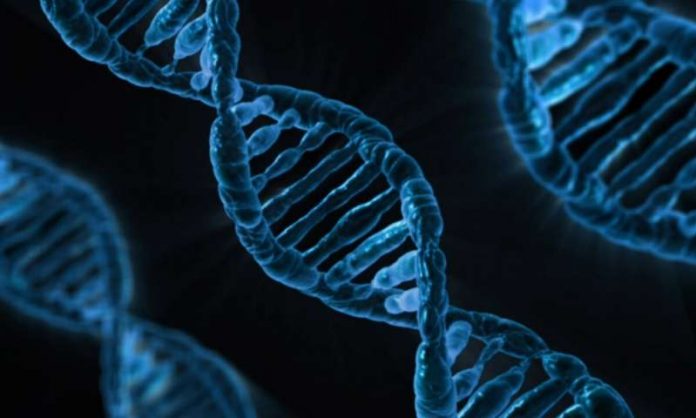Duchenne type muscular dystrophy (DMD) is the most common hereditary muscular disease among children, leaving them wheelchair-bound before the age of twelve and reducing life expectancy. Researchers at Technical University of Munich (TUM), Ludwig Maximilian University of Munich (LMU) and the German Research Center for Environmental Health (Helmholtz Zentrum München) have developed a gene therapy that may provide permanent relief for those suffering from DMD.
Muscles need dystrophin in order to regenerate. Persons suffering from Duchenne muscular dystrophy lack this essential muscular protein due to mutations in the gene which is responsible for producing dystrophin. As a result, their existing muscle cells deteriorate over time and are gradually replaced by connective and fatty tissue; muscle strength weakens during the course of the disease. The first symptoms usually appear around the age of five. Children with the disease begin to have difficulties with movements they previously completed with ease, for example climbing stairs or getting up from the floor. At approximately the age of twelve, they are no longer able to walk, later losing movement in their arms and hands. Due to concomitant respiratory and cardiac failure, the majority of patients does not reach the age of 40. DMD affects mainly boys, since the responsible mutations are located in the dystrophin gene on the X chromosome.
Gene scissors remove defective gene sequence
An interdisciplinary Munich research team led by scientists from TUM has for the first time succeeded in correcting the mutated dystrophin gene in living pigs. In order to cut the defective gene sequence from the DNA of the animals’ muscle and heart cells, the researchers modified the Crispr-Cas9 gene scissors. “These gene scissors are highly efficient and specifically corrected the dystrophin gene,” says Prof. Wolfgang Wurst, developmental geneticist at TUM and the German Research Center for Environmental Health. It became then again possible to viably read the gene which had been unreadable because of the genetic defect, thus allowing for a successful protein biosynthesis. Now the shorter but stably formed dystrophin protein was able to improve muscle function. The animals treated were less susceptible to cardiac arrhythmia and had an increased life expectancy compared to animals with the disease that did not receive the therapy.
A permanent therapy
“Muscle and heart cells are long-lived cell structures. One half of all myocardial cells remain functional from birth throughout the entire lifecycle of a human being,” says Prof. Christian Kupatt, cardiologist at university hospital TUM Klinikum rechts der Isar. “The genome of a cell is used for protein biosynthesis as long as the cell is alive, and once a cell has been affected by the therapy, it remains corrected. So if we change the genome of a myocardial cell, the correction is a long-term success, in contrast to the results of previous methods.”
Therapeutic success with clinically relevant model
The gene sequence responsible for the dystrophin protein has already been successfully corrected in the past, however in mice and other animal models. “Our results are very promising, since for the first time, we have now been able to demonstrate therapeutic success in a clinically relevant large animal model,” says Prof. Maggie Walter, neurologist at the LMU university hospital. In terms of important biochemical, clinical and pathological changes, the pig model mirrors Duchenne muscular dystrophy in humans. “Since the disease proceeds faster in our pig model, we were able to verify the efficacy of the therapeutic approaches within a manageable period of time,” says Prof. Eckhard Wolf, LMU specialist in veterinary medicine.
Story Source:
Materials provided by Technical University of Munich (TUM). Note: Content may be edited for style and length.















